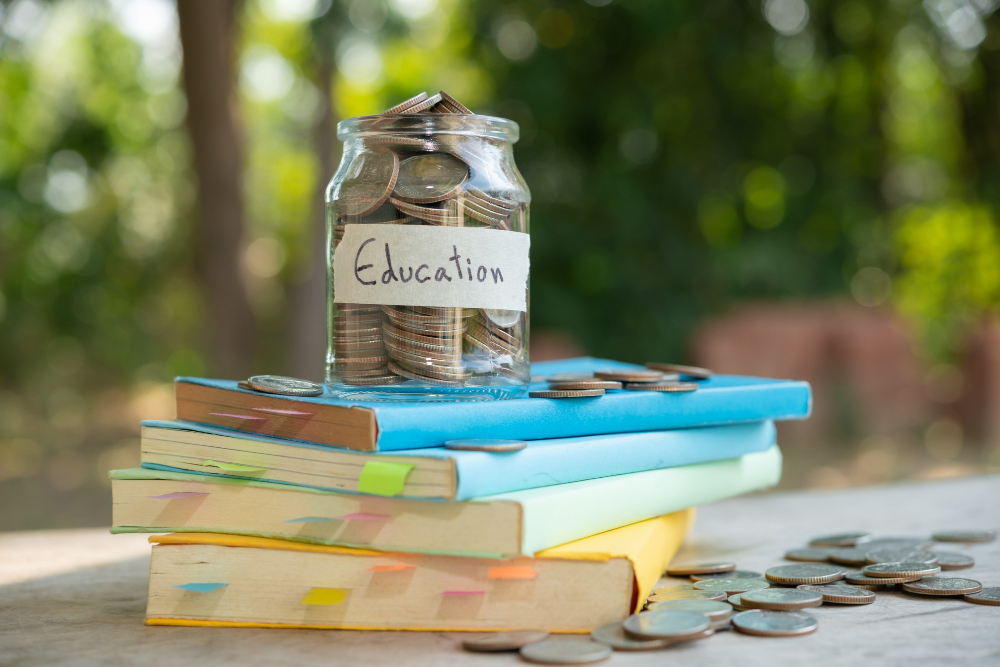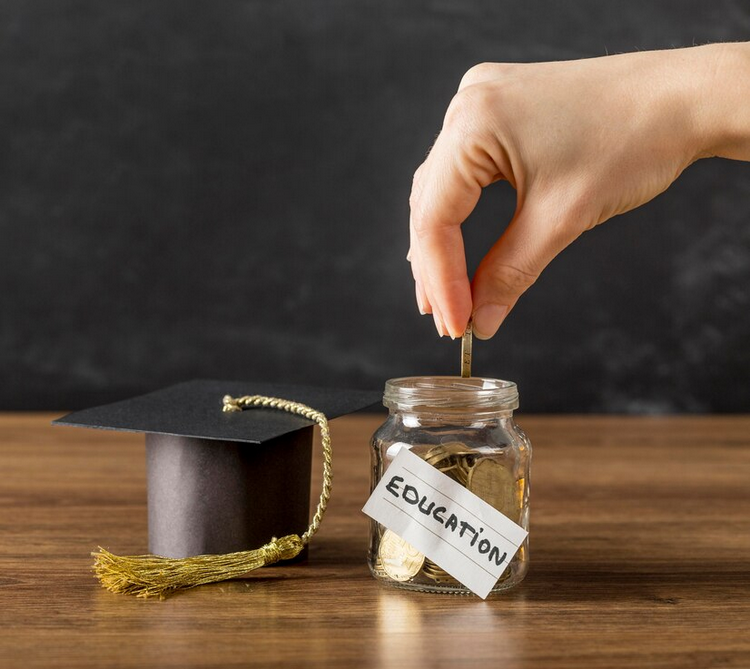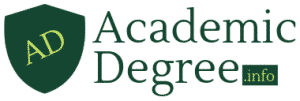Understanding the complexities of education loans forgiveness can be a beacon of hope for many burdened by student debt. It represents a chance for borrowers to alleviate the financial strains often associated with higher education.
Forgiveness programs are designed to support those who have invested in their education but find themselves struggling to keep up with repayment. In this article, we’ll explore the key facets of these programs, who qualifies, and the latest updates in the realm of education loans forgiveness.
Table of Contents
What is education loans forgiveness?
Education loans forgiveness is a process where borrowers can have their student loans either partially or fully absolved. It’s important to note that forgiveness typically applies to federal student loans rather than private ones. There are various programs available, each with its criteria and application processes.
These programs are often seen as a reward for borrowers who contribute significantly to the public good, whether through service in public sector jobs or by fulfilling specific conditions over time.
It’s essential to understand the eligibility requirements and to distinguish between different plans to determine the best route for individual situations.

How does education loans forgiveness work?
Forgiveness programs operate by setting particular eligibility criteria that borrowers must meet. These can include working in public service, making a certain number of consecutive payments, or fulfilling service in a qualified profession, among others.
Once eligible, borrowers may have their remaining loan balance forgiven, which means they no longer need to continue making payments on that debt.
However, borrowers should be aware that forgiveness isn’t automatic and often requires a conscious effort to apply and provide necessary documentation.
Who qualifies for education loans forgiveness?
The qualifications for education loans forgiveness can vary widely depending on the program. Generally, eligibility may hinge on the type of job a borrower holds, the loan repayment plan they are enrolled in, and if they make consistent payments over a certain period.
Public Service Loan Forgiveness (PSLF) is one of the most known programs, aimed at those working full-time in government or non-profit sectors.
Eligibility criteria for education loans forgiveness can be intricate, and it’s advisable to consult the U.S. Department of Education or the Office of Federal Student Aid for detailed information.
What are the different types of education loans forgiveness programs?
Several forgiveness programs are tailored to support different groups:
- Public Service Loan Forgiveness (PSLF): For those in public service jobs after 120 qualifying payments.
- Teacher Loan Forgiveness: For teachers working in low-income schools for five consecutive years.
- Income-Driven Repayment (IDR) Forgiveness: After making payments under an IDR plan for 20-25 years, any remaining balance may be forgiven.
Each program has unique requirements and processes, which borrowers should review to understand their options fully.
How to apply for education loans forgiveness?
The application process for forgiveness programs can vary, but generally involves the following steps:
- Review your loans to ensure they qualify for forgiveness.
- Enroll in an eligible repayment plan, if necessary.
- Meet the employment and payment criteria specific to the program.
- Complete and submit the forgiveness application form with any required documentation.
It’s crucial to submit accurate and timely documentation to increase the chances of approval for loan forgiveness.

What are the recent updates on education loans forgiveness?
The landscape of education loans forgiveness is ever-evolving. Most recently, the Biden Administration proposed changes aiming to expand access to forgiveness programs. These changes have come in response to criticisms that the existing programs are too restrictive and difficult to navigate.
However, these proposals face legal obstacles and are subject to change. As of September 2024, the focus is on resuming payments post-pandemic and exploring new avenues for debt relief before the next election cycle.
How does the public service loan forgiveness program function?
The Public Service Loan Forgiveness Program is designed to forgive the remaining balance on Direct Loans after the borrower has made 120 qualifying monthly payments under a qualifying repayment plan while working full-time for a qualifying employer.
This forgiveness program is specific to federal student loans and requires meticulous adherence to its guidelines. Borrowers must submit a PSLF application and employment certification form annually or when they change employers to track their qualifying payments.
The process can be complex, and it’s advised to consult resources from the Office of Federal Student Aid for comprehensive information.
Further understanding on education loans forgiveness options
Education loans forgiveness is a nuanced topic with a variety of pathways depending on individual circumstances. For those seeking further information, it’s recommended to utilize resources provided by the U.S. Department of Education and the Office of Federal Student Aid.
For instance, completing the FAFSA is often the first step toward receiving financial aid, which can include loans that may eventually be eligible for forgiveness.
Understanding the nuances of loan consolidation and income-driven repayment plans is also vital, as these factors directly impact eligibility for certain forgiveness programs.
Related questions about education loans forgiveness
How do I know if my student loans will be forgiven?
To determine if your student loans are eligible for forgiveness, you must review the specific criteria of each forgiveness program. Generally, this involves assessing your employment, the type of loans you have, and your repayment history.
It’s best to consult with your loan servicer or the Office of Federal Student Aid to evaluate your situation against the requirements outlined for the program you’re considering.
What will happen to my credit when my student loans are forgiven?
When your student loans are forgiven, it should not negatively impact your credit score. In fact, it can be a neutral or even positive event on your credit report, as it reduces your total debt balance.
However, it is important to ensure that all credit reporting agencies correctly update your account status to reflect the forgiveness.
Can private student loans be forgiven?
Typically, private student loans are not eligible for federal forgiveness programs. However, some private lenders may offer their own forms of relief or restructuring. Borrowers with private loans should contact their lender directly to explore any available options.
Is USA student debt relief legit for students?
While there are legitimate government programs for student debt relief, it’s important to be wary of scams. Any service that charges fees for debt relief or promises immediate loan forgiveness is likely not legitimate. Always refer to official government websites for accurate information and assistance.
For a visual explanation of some of these concepts, check out this informative video:





